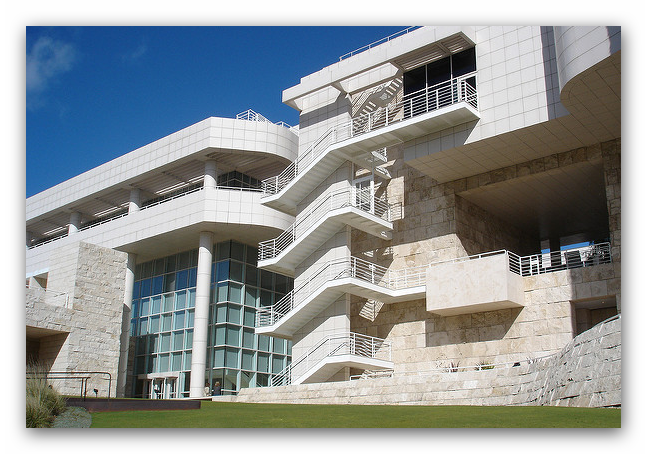Nov 21 2017 - Feb 18 2018
J. Paul Getty Museum - The Getty Center
Los Angeles, CA
Michelangelo Merisi, better known as Caravaggio (Italian, 1571–1610), is unquestionably one of the greatest painters of all time. His bold, naturalistic style, which emphasized the common humanity of the protagonists in his works, was both highly admired and controversial among his contemporaries. The Galleria Borghese in Rome is home to the most extraordinary group of Caravaggio’s paintings, spanning his career. This exhibition offers a rare opportunity to experience three masterpieces from this renowned collection. The paintings presented provide insight into three crucial stages in Caravaggio's short but intense career.
According to Timothy Potts, director of the J. Paul Getty Museum, “These three masterpieces are among Caravaggio’s best-known paintings, and we are extremely grateful to the Galleria Borghese for sharing them with our public. Caravaggio’s revolutionary genius made him one of the most important and beloved figures in European art history. The opportunity to see three of his most renowned works alongside the exceptional 17th-century Italian masterpieces in our own collection is an event not to be missed.
One of the most admired painters in history, Caravaggio developed a boldly naturalistic style that employed striking theatrical compositions and emphasized the common humanity of his protagonists. His art was both widely celebrated and highly controversial among his contemporaries and remained influential for centuries afterward. The three paintings presented in the exhibition exemplify the crucial stages in Caravaggio’s short but intense career (he died at age 39).
Boy with a Basket of Fruit (ca. 1593-94) represents the beginning of the artist’s career when he moved from Lombardy to Rome and first attracted attention as a painter of realistic genre scenes and still lifes. Saint Jerome (ca. 1605) portrays the saint as a scholar reading and annotating sacred passages in the dramatically spotlight manner that Caravaggio made famous. In David with the Head of Goliath (ca. 1610), painted at the end of the artist’s career in his more somber and expressive later style, Caravaggio included his own features in Goliath’s head, purportedly in penance for his having committed a murder in May 1606. All three paintings were acquired by Cardinal Scipione Borghese, a nephew of Pope Paul V, who knew Caravaggio personally and was one of his primary patrons.
“Caravaggio continues to exert tremendous influence on art today. His exceptional combination of truth to life and drama, and that famous chiaroscuro, gave birth not only to a new style of painting, but also inspired generations of painters with his psychological naturalism,” said Davide Gasparotto, senior curator of paintings at the Getty Museum. “These rare loans are prime examples of Caravaggio’s exceptional talent and innovation.”The exhibition at the Getty Museum is the first part of an international exhibition program on Caravaggio aimed at promoting the Caravaggio Research Institute, an international research project on the artist, conceived by Anna Coliva, director of the Galleria Borghese and supported by the Roman House FENDI through a three-year partnership with the Roman museum.
Credit: Exhibition overview from museum website
IMAGE: Boy with a Basket of Fruit (detail), about 1593—94, Caravaggio, oil on canvas. Ministero dei Beni e delle Attività Culturali e del Turismo–Galleria Borghese
Whether or not you go, Caravaggio: Complete Works, offers a comprehensive reassessment of Caravaggio’s entire oeuvre with a catalogue raisonné of his works. Each painting is reproduced in large format, with recent, high production photography allowing for dramatic close-ups with Caravaggio's ingenious details of looks and gestures. This is the definitive work about Caravaggio for generations to come, to be delved into and put on display, with its slipcase neatly converting into a book stand.
Five introductory chapters analyze Caravaggio's artistic career from his early struggle to make a living, through his first public commissions in Rome, and his growing celebrity status. They look at his increasing daring with lighting and with a boundary-breaking realism which allowed even biblical events to unfold with an unprecedented immediacy before the viewer. An accompanying artist chronology follows Caravaggio's equally tumultous personal life.
Select Caravaggio: Complete Works to learn more or to place this book in your Amazon shopping cart.
Exhibition Venues & Dates
Nov 21 2017 - Feb 18 2018
J. Paul Getty Museum - The Getty Center
Los Angeles, CA


